Unlocking the Untold Stories of ‘Star Trek’ Icons We Lost—Their Legacy Will Blow Your Mind!
There’s just something about the original Star Trek that connects with you on a very base level. It wasn’t flashy by today’s standards and some of the effects were a little rough even back then, but none of that mattered. The colors popped, the music soared and the Enterprise—as strange as it sounds, that ship felt like home. And that had a lot to do with the people on board, the ones we kept coming back to watch week after week. Whether you watched it during the original run or caught it later in syndication, chances are it found a place in your memory and stayed there.
You had the regulars, of course—William Shatner‘s Kirk, Leonard Nimoy‘s Spock, DeForest Kelley‘s McCoy, Nichelle Nichols’ Uhura, James Doohan’s Scotty, George Takei’s Sulu and Walter Koenig’s Chekov. Everyone had their favorite. They clicked in a way that shows hope for but rarely get. That core crew gave Star Trek its heart.
But what really helped make the series feel bigger than its sets or budget was the revolving door of guest stars. These were actors who might’ve only appeared once, but they made it count. Some were already seasoned pros; others were early in their careers, but episode after episode, they brought something real. A great villain, a tragic figure, a sympathetic outsider—you remember them, because Star Trek didn’t treat them like filler. They mattered.
If you were a kid watching reruns, these faces became part of the Trek experience—just as familiar in their way as the crew. William Windom’s broken Commodore Decker in “The Dooomsday Machine.” Arlene Martel’s ice-cool T’Pring of “Amok Time,” Ricardo Montalban’s Khan, who didn’t just steal the episode—he walked out with a piece of television history and 15 years later returned on the big screen.
This is a look back at the Star Trek cast members and guest stars we’ve lost. A tribute to the actors who helped build a universe that still means something nearly 60 years later.
Regular cast members
Leonard Nimoy (Spock)

Background: Leonard Simon Nimoy was born on March 26, 1931, in Boston, Massachusetts, to Jewish immigrants from Ukraine. Raised in a working-class neighborhood, he developed an early interest in acting, performing in community theater and studying at Boston College before moving to Los Angeles. There, he trained under acting coach Jeff Corey and later taught acting himself. Nimoy worked steadily in film and television during the 1950s and early ’60s, often cast in ethnic or villainous roles in shows like Wagon Train, Perry Mason and Bonanza. His path to cultural immortality would begin with a pair of pointed ears.
Character: Nimoy originated the role of Mr. Spock, the half-human, half-Vulcan science officer of the USS Enterprise, in the 1964 pilot “The Cage.” Though that version wasn’t picked up, Spock remained when the show was retooled into the original Star Trek. His performance blended stoicism, curiosity and suppressed emotion, making Spock a breakout character. His signature Vulcan salute, based on a Jewish blessing, and the phrase “Live long and prosper” became cultural landmarks.
Life after Star Trek: Though Nimoy initially struggled with typecasting—his 1975 memoir was famously titled I Am Not Spock—he ultimately embraced the character’s legacy. He returned as Spock in Star Trek: The Motion Picture (1979) and appeared in five more original-cast films, directing two of them (Star Trek III: The Search for Spock and Star Trek IV: The Voyage Home). He also directed the hit comedy Three Men and a Baby (1987), proving himself adept at comedy.

In the 1990s, he reprised Spock in a two-part Star Trek: The Next Generation episode, “Unification,” and made surprise returns in the J.J. Abrams reboot films Star Trek (2009) and Star Trek Into Darkness (2013), where he played an older “Ambassador Spock.” Outside of Trek, he acted in series like Fringe, voiced The Simpsons version of himself and recorded spoken-word albums and poetry. He also published a follow-up memoir titled I Am Spock (1995), signaling reconciliation with the character that defined his life.
Personal: Nimoy married twice—first to Sandra Zober, with whom he had two children, and later to actress Susan Bay, cousin of director Michael Bay. A passionate photographer, he published several art books and staged gallery exhibitions. In later years, he became an outspoken advocate for COPD awareness, having developed the condition after decades of smoking (which he had quit years earlier). He was also known for his philanthropy and active communication with fans through social media.

Death: Leonard Nimoy died on February 27, 2015, at the age of 83 from complications of chronic obstructive pulmonary disease. His death prompted tributes from across the world, including NASA, former co-stars and even the White House.
DeForest Kelley (Dr. Leonard “Bones” McCoy)

Background: Jackson DeForest Kelley was born on January 20, 1920, in Toccoa, Georgia. Raised in a devout Baptist household, he initially planned to become a minister like his father. However, after performing in church and local productions, Kelley developed a love for acting. Following service in the Army Air Forces during World War II, he moved to California to pursue a career in film. He found steady work throughout the 1940s and 1950s, often cast in Westerns like Gunfight at the O.K. Corral (1957), where he played Morgan Earp. While respected for his work, he struggled to break into leading roles and was mostly known as a reliable character actor.
Character: Kelley’s career took a pivotal turn when he was cast as Dr. Leonard “Bones” McCoy in Star Trek. McCoy was the chief medical officer aboard the USS Enterprise, known for his emotional instincts, deep empathy, and frequent sparring with Spock. Kelley’s down-to-earth performance served as a human counterbalance to Spock’s logic and Kirk’s command decisions. His delivery of lines like “He’s dead, Jim” and “I’m a doctor, not a [fill-in-the-blank]” became running jokes with fans. The character’s Southern charm and moral grounding added warmth to the core trio dynamic of Kirk, Spock, and McCoy.

Life after Star Trek: Like his co-stars, Kelley initially found himself typecast after Star Trek ended in 1969. But unlike Nimoy and Shatner, he did not actively pursue other high-profile acting roles and chose instead to live a quieter life. However, he returned to the character of McCoy in all six original-cast Star Trek films beginning with The Motion Picture in 1979. He also made a cameo appearance as a very elderly Admiral McCoy in the premiere of Star Trek: The Next Generation in 1987. Kelley remained loyal to the fans of the franchise, appearing regularly at conventions and maintaining a cordial public presence even as he stepped back from acting.
Personal: Kelley was known for his modesty, loyalty, and devotion to his wife Carolyn, whom he married in 1945. The couple never had children and Kelley often described his relationship with Carolyn as his most grounding influence. He was also a poet and writer, occasionally self-publishing his work. Outside of Star Trek, he rarely pursued the spotlight and was content to let McCoy be his enduring contribution to the culture.
Death: DeForest Kelley died on June 11, 1999, at the age of 79 from stomach cancer. His passing marked the first major loss among the Star Trek original cast. Tributes from fans and colleagues reflected the deep affection held for both the actor and the character he played.
James Doohan (Montgomery “Scotty” Scott)
Background: James Montgomery Doohan was born on March 3, 1920, in Vancouver, British Columbia, Canada. He served with distinction in World War II as a lieutenant in the Royal Canadian Artillery, participating in the D-Day invasion of Normandy, where he was wounded six times—one bullet cost him the middle finger of his right hand, which he cleverly concealed on screen for decades. After the war, Doohan trained in drama at the Neighborhood Playhouse in New York City and began working in radio, theater and early television. He became known as a versatile voice actor, capable of producing dozens of accents on command.
Character: When Doohan was cast as Chief Engineer Montgomery “Scotty” Scott in Star Trek, he was asked which accent he believed best suited an engineer, Doohan chose Scottish, later saying, “If you want an engineer, in my experience, the best engineers are Scotsmen.” The character of Scotty, with his technical wizardry and famous line “I’m giving her all she’s got, Captain,” became one of the most quoted and beloved in the franchise.
Life after Star Trek: Following Star Trek, Doohan—like many of his co-stars—struggled with typecasting. He took on small television and voiceover roles, but found few opportunities as prominent as Scotty. He returned to the role in the first seven Star Trek films, from The Motion Picture (1979) through Star Trek: Generations (1994). In 1992, he also reprised Scotty in the Star Trek: The Next Generation episode “Relics,” in which the engineer is found alive after being trapped in a transporter buffer for 75 years. The episode was widely praised and brought his character renewed attention. Doohan also embraced the convention circuit, where he was a fan favorite for decades.

Personal: Doohan was married three times and fathered seven children, including one at age 80 with his third wife, Wende Braunberger. Offscreen, he was known for his devotion to fans—especially those who noted Star Trek as the inspiration for them to become engineers or scientists. Doohan also helped several fans through personal crises, including one young woman who credited him with helping save her life. He wrote his autobiography, Beam Me Up, Scotty, in 1996, offering a candid look at his life and work.
Death: James Doohan died on July 20, 2005, at the age of 85 from complications related to pneumonia and Alzheimer’s disease. His passing was widely mourned by the Star Trek community. A portion of his ashes was famously launched into space in 2008, fulfilling his long-standing wish.
Nichelle Nichols (Lt. Nyota Uhura)
Background: Nichelle Nichols was born Grace Dell Nichols on December 28, 1932, in Robbins, Illinois, just outside of Chicago. A gifted performer from a young age, she began her career as a singer and dancer, touring with jazz greats like Duke Ellington and Lionel Hampton. She studied ballet and musical theater, and by the early 1960s had transitioned into acting. Nichols appeared in stage productions, television shows and films, bringing both elegance and strength to her roles. Her early acting credits included appearances in The Lieutenant, a TV series created by Gene Roddenberry, which helped set the stage for her casting in Star Trek.
Character: In 1966, Nichols was cast as Lieutenant Nyota Uhura, the communications officer aboard the USS Enterprise. At a time when Black actors were rarely given roles of authority or intellect, Uhura was a revolutionary character—an African-American woman in a command position on a futuristic starship. Nichols portrayed Uhura with poise, confidence, and quiet strength, helping to shatter stereotypes in the process. Her character’s presence had a profound cultural impact. Famously, Dr. Martin Luther King Jr. urged Nichols to remain on the show when she considered leaving, telling her that Star Trek was one of the few shows he allowed his children to watch and that her role was an inspiration.

Life after Star Trek: Nichols returned as Uhura in all six original-cast Star Trek feature films, with expanded duties and more screen time in later entries. She also voiced the character in Star Trek: The Animated Series and contributed to Star Trek audiobooks and fan productions. Outside the franchise, Nichols broke further ground by working with NASA in the 1970s and 1980s to help recruit women and minorities into the space program. Her efforts contributed to the recruitment of astronauts like Sally Ride, Judith Resnik, and Guion Bluford. She also appeared in television series such as Heroes and lent her voice to animated projects.

Personal: Nichols was married once and had one son. Known for her warmth and intelligence, she remained a passionate advocate for STEM education, diversity in media, and the advancement of space exploration. Her autobiography, Beyond Uhura: Star Trek and Other Memories, published in 1994, candidly reflected on her career, struggles and triumphs. She was a regular presence at conventions and fan events well into her later years, frequently sharing stories of her experience and her love for the Star Trek community.
Death: Nichelle Nichols died on July 30, 2022, at the age of 89 from heart failure. She had been living with dementia in her final years, with her family managing her care. Tributes poured in from fans, colleagues, NASA officials and public figures who recognized her role as a trailblazer in entertainment and real-world space advocacy.
Majel Barrett (Nurse Christine Chapel / Number One / Computer Voice)
Background: Majel Barrett was born Majel Leigh Hudec on February 23, 1932, in Cleveland, Ohio. After studying at the University of Miami and participating in local theater, she moved to California to pursue acting. Barrett appeared in a variety of film and TV roles throughout the 1950s and early ’60s, including guest spots on Bonanza, The Lucy Show, and Leave It to Beaver. She met Star Trek creator Gene Roddenberry in the early 1960s, and their personal and professional relationship would deeply intertwine with the development of the franchise.
Character: Barrett first appeared in the original 1964 pilot The Cage as Number One, the first officer of the USS Enterprise. At the time, the idea of a female officer in such a high-ranking position was seen as too radical by network executives, who pushed for the character to be removed. When the series was retooled, Barrett was recast as Nurse Christine Chapel, a supporting character in Star Trek. Chapel often served in medical scenes opposite Dr. McCoy and was characterized by her unrequited affection for Mr. Spock. While not part of the main trio, Chapel appeared in multiple episodes and returned in Star Trek: The Motion Picture and Star Trek IV: The Voyage Home.
Perhaps Barrett’s most enduring contribution to the franchise was her long-running role as the voice of the Federation computer, beginning with TOS and continuing through The Next Generation, Deep Space Nine, Voyager Enterprise, and even into the early 21st-century reboot films. She also portrayed Lwaxana Troi, the flamboyant and outspoken mother of Counselor Deanna Troi, in TNG and DS9, bringing warmth and humor to a recurring role that expanded her presence within the universe.
Life after Star Trek: Outside of acting, Barrett was instrumental in preserving and expanding Gene Roddenberry’s legacy after his death in 1991. She became the steward of his creative estate and oversaw the production of several of his posthumous projects, including Earth: Final Conflict and Andromeda. She continued to voice the ship’s computer until her final days, even recording material for the rebooted Star Trek films before her death. Her association with Star Trek spanned more than 40 years, making her one of the most consistent presences in the franchise’s history.

Personal: Barrett married Gene Roddenberry in 1969, and they had one son, Eugene “Rod” Roddenberry Jr., who has since become a producer and guardian of the Star Trek brand. Known for her wit, candor and dedication to the fan community, Barrett was a familiar face at conventions and maintained a loyal following. She was often referred to as “the First Lady of Star Trek.”
Death: Majel Barrett died on December 18, 2008, at the age of 76, after battling leukemia. Her death marked the end of an era for Star Trek, as she had been the last surviving original cast member to be involved in nearly every iteration of the franchise.
Grace Lee Whitney (Yeoman Janice Rand)
Background: Grace Lee Whitney was born Mary Ann Chase on April 1, 1930, in Ann Arbor, Michigan. Adopted by the Whitney family, she began her career as a singer, performing with big bands and later on Broadway. She transitioned into film and television in the 1950s, with appearances in shows like Batman, The Outer Limits and 77 Sunset Strip. Known for her beauty, charisma and musical talent, Whitney brought both charm and poise to her screen roles. Her casting in Star Trek came as the series was preparing to launch its first season in 1966.
Character: Whitney portrayed Yeoman Janice Rand, the personal assistant to Captain Kirk, during the first half of Star Trek‘s first season. Rand was intended to be a recurring female lead, serving in a professional support role while also being positioned as a potential love interest for Kirk. However, the character was written out after just eight episodes. Whitney later revealed that her dismissal was due in part to behind-the-scenes conflicts and struggles with alcoholism. Despite her early exit, Rand remained a fan-favorite character.

Life after Star Trek: Whitney faced a difficult period after her departure from the series, including battles with substance abuse, depression, and sexual assault—about which she later spoke openly in her autobiography, The Longest Trek: My Tour of the Galaxy. In the 1980s, she returned to the Star Trek fold, appearing in four feature films: The Motion Picture, The Search for Spock, The Voyage Home, and The Undiscovered Country. She also reprised Rand in the Star Trek: Voyager episode “Flashback,” sharing scenes with George Takei and solidifying her character’s lasting place in canon. Her return to Trek was deeply meaningful to both fans and to Whitney herself.
Personal: Whitney was married once and had two sons. She became a born-again Christian and dedicated much of her later life to helping others deal with addiction and recovery, especially within the entertainment industry. A frequent guest at conventions, she was candid, gracious, and consistently appreciative of her fans. Her honesty about the darker side of Hollywood endeared her to many, and she worked hard to turn her personal struggles into a platform for advocacy and healing.
Death: Grace Lee Whitney died on May 1, 2015, at the age of 85 in Coarsegold, California. Her death was met with an outpouring of affection from the Star Trek community, where she was remembered not only for her time as Janice Rand, but for her resilience and her enduring connection to the fandom.
Jeffrey Hunter (Captain Christopher Pike)

Background: Jeffrey Hunter was born Henry Herman “Hank” McKinnies Jr. on November 25, 1926, in New Orleans, Louisiana, and raised in Milwaukee, Wisconsin. After serving in the Navy during World War II, he studied at Northwestern University and later UCLA, where he earned a master’s degree in radio. Signed by 20th Century Fox in the early 1950s, Hunter quickly became a Hollywood leading man. He starred in films like The Searchers (1956) opposite John Wayne and played Jesus in the epic King of Kings (1961). With his striking good looks and serious screen presence, Hunter seemed poised for lasting stardom.
Character: In 1964, Hunter was cast as Captain Christopher Pike in the original Star Trek pilot, “The Cage.” As the first commanding officer of the USS Enterprise, Pike was portrayed as a brooding, battle-weary leader questioning his future in Starfleet. The pilot was ultimately rejected by NBC for being “too cerebral,” though they commissioned a second pilot that introduced William Shatner as Captain Kirk. While Hunter declined to return—reportedly due to scheduling conflicts and a desire to focus on films—his footage was later incorporated into the two-part TOS episode “The Menagerie,” making his contribution part of Star Trek canon.

Life after Star Trek: Following The Cage, Hunter continued working in television and low-budget films, including several international productions. His Hollywood career had cooled by the mid-1960s, and he found more opportunities overseas, particularly in Europe and Asia. Despite never appearing in the regular Star Trek series, his performance as Pike became increasingly appreciated by fans over time, especially as the character was revisited in later Star Trek shows, including Discovery and Strange New Worlds.
Personal: Hunter was married twice, including a high-profile marriage to actress Barbara Rush, with whom he had a son. His second marriage, to model Emily McLaughlin, lasted until his death. Offscreen, he was known for his quiet demeanor and professionalism, although his career trajectory never quite lived up to early expectations.
Death: Jeffrey Hunter died on May 27, 1969, at the age of 42. He had suffered a stroke and later sustained a fatal head injury after collapsing and hitting his head on a banister. His sudden and early death came just before Star Trek started to gain popularity in syndication. Though his time with the franchise was brief, his portrayal of Captain Pike laid the groundwork for a character that would continue to evolve decades later, with Bruce Greenwood playing him on the big screen and Anson Mount on the small.
Special guest stars
Michael Ansara (Kang)
Actor: Michael Ansara was born on April 15, 1922, in a village near Aleppo, Syria, and emigrated to the United States with his family at a young age. He studied acting at the Pasadena Playhouse and rose to fame in the 1950s for playing Native American roles in series like Broken Arrow and Law of the Plainsman. He was married to actress Barbara Eden (I Dream of Jeannie) from 1958 to 1974, and they had one son, Matthew, who passed away in 2001. Ansara himself died on July 31, 2013 at the age of 91.
Character: Ansara portrayed the Klingon warrior Kang in the Star Trek episode “Day of the Dove” (1968). He later reprised the role in Star Trek: Deep Space Nine and Voyager, making him one of only a few actors to play the same character across three Trek series.
William Campbell (Trelane / Koloth)
Actor: William Campbell was born on October 30, 1923, in Newark, New Jersey. He began his career in the 1950s with roles in films like The High and the Mighty and Cell 2455, Death Row and became a familiar face in television throughout the 1960s. He died on April 28, 2011, at the age of 87.
Character: Campbell appeared in two memorable Star Trek roles. He played the mischievous and godlike Trelane in “The Squire of Gothos” (1967) and later the Klingon Captain Koloth in “The Trouble with Tribbles” (1967). He reprised Koloth decades later in the Deep Space Nine episode “Blood Oath” (1994).
Roger C. Carmel (Harry Mudd)
Actor: Roger C. Carmel was born on September 27, 1932, in Brooklyn, New York. He began his career on the stage, appearing in Broadway productions before moving into television and film in the early 1960s. He never married and passed away on November 11, 1986 at the age of 54 from congestive heart failure.
Character: Carmel portrayed the flamboyant con man Harry Mudd in two Star Trek: The Original Series episodes—“Mudd’s Women” (1966) and “I, Mudd” (1967)—and voiced the character again in Star Trek: The Animated Series. As one of the only recurring antagonists in TOS, Mudd was a charming rogue whose comedic episodes provided a tonal break from the show’s usual seriousness.
John Colicos (Kor)
Background: John Colicos was born on December 10, 1928, in Toronto, Ontario, Canada. A classically trained actor, he gained acclaim on both the Canadian and American stage before moving into film and television. Besides Star Trek, genre fans knew him as Baltar from the original Battlestar Galactica. Colicos died on March 6, 2000, at the age of 71 from a heart attack.
Character: Colicos played the cunning Klingon commander Kor in the episode “Errand of Mercy” (1967). As the first Klingon ever introduced in the franchise, Kor helped define the species’ early portrayal as authoritarian and militaristic. Decades later, Colicos reprised the role in Star Trek: Deep Space Nine, where Kor had evolved into a legendary Klingon warrior.
Michael Forest (Apollo)
Actor: Michael Forest was born on April 17, 1929, in Harvey, North Dakota, and raised in California. He studied at San Jose State University and began his acting career in the 1950s, working steadily in film and television, especially Westerns. He was married and lived in California for most of his life. Forest died on January 18, 2024 at the age of 94.
Character: Forest portrayed the Greek god Apollo in the episode “Who Mourns for Adonais?” (1967). As a powerful alien posing as the deity, Apollo tested the Enterprise crew’s loyalty to human independence. The episode remains one of the most iconic of the original series.
Teri Garr (Roberta Lincoln)
Background: Teri Garr was born December 11, 1944, in Los Angeles (though some sources say Lakewood, Ohio). She started as a dancer in numerous Elvis Presley musicals in the 1960s before moving into acting and studying under Lee Strasberg in New York. Diagnosed with MS, she became an advocate of awareness for the disease. She passed away on October 29, 2024, at age 79.
Character: Garr portrayed Roberta Lincoln in the Star Trek: The Original Series episode “Assignment: Earth” (1968). She played the assistant to Gary Seven, set up as a potential co-lead for a spinoff that was never produced.
Robert Lansing (Gary Seven)
Background: Robert Lansing was born on June 5, 1928, in San Diego, California. A seasoned stage and screen actor, he gained early attention in film and TV dramas during the 1950s and 1960s, often portraying strong, authoritative characters. He was married twice and had one child, and died on October 23, 1994, at age 66 from cancer.
Character: Lansing played Gary Seven in the Star Trek: The Original Series episode “Assignment: Earth” (1968), which served as a backdoor pilot for a potential spinoff. As a mysterious human agent working for an alien race to guide Earth’s development, Gary Seven stood apart from the usual Star Trek characters in tone and mission.
Arlene Martel (T’Pring)
Background: Arlene Martel was born Arline Greta Sax on April 14, 1936, in The Bronx, New York. She studied at the High School of Performing Arts and enjoyed a long television career, often cast in dramatic and science fiction roles throughout the 1960s and 1970s. She was married three times and had three children. Arlene died on August 12, 2014, from complications following heart surgery at the age of 78l
Character: Martel portrayed T’Pring, Spock’s betrothed, in the Star Trek: The Original Series episode “Amok Time” (1967). Her cool, calculated performance made the character instantly memorable, and the episode is still considered one of the series’ best.
Ricardo Montalban (Khan Noonien Singh)
Background: Ricardo Montalban was born on November 25, 1920, in Mexico City. He began acting in stage productions and Mexican films before moving to Hollywood in the 1940s. Over the next two decades, he became a versatile leading man in both English- and Spanish-speaking cinema, developing a suave, charismatic persona that made him a familiar face in American film and television. Married twice, Montalban died on January 14, 2008 at the age of 88 from complications following a stroke.
Character: Montalban delivered a powerful performance as Khan Noonien Singh in the Star Trek: episode “Space Seed” (1967). Khan is a genetically engineered superhuman who challenges Captain Kirk and nearly takes over the Enterprise. Montalban’s portrayal of intellect, ambition, and simmering menace made Khan one of the saga’s most iconic villains and led to his return in the 1982 feature film Star Trek II: The Wrath of Khan.
Tom Troupe (Lieutenant Harold)
Background: Tom Troupe was born on July 15, 1928, in North Kansas City, Missouri. A stage-trained actor, he enjoyed a long career in theater, film, and television dating back to the 1950s, often working alongside his wife, actress Carole Cook. The parts kept coming his way over the decades. In his private life he was married to Cook from 1964 until her death in 2023. He died on July 20, 2025, just five days after his 97th birthday.
Character: Troupe appeared in the Star Trek episode “Arena” (1967) as Lieutenant Harold, a communications officer stationed at the Cestus III outpost who is wounded during a surprise Gorn attack. Though a brief role, it was part of one of the series’ most iconic episodes.
Robert Walker Jr. (Charlie Evans)
Background: Robert Walker Jr. was born on April 15, 1940, in Queens, New York, the son of actors Robert Walker and Jennifer Jones. He trained at the Actors Studio and quickly made a name for himself in film and television in the 1960s. He died on December 5, 2019 at the age of 79.
Character: Walker portrayed Charlie Evans in the Star Trek episode “Charlie X” (1966). As a teenager with dangerous telekinetic powers and no emotional maturity, Walker delivered a haunting performance that highlighted the dangers of unchecked power.
William Windom (Commodore Matt Decker)
Background: William Windom was born on September 28, 1923, in New York City. A versatile stage and screen actor, he had a prolific career in film and television, earning an Emmy for My World and Welcome to It and appearing in everything from The Twilight Zone to Murder, She Wrote. Married five times and the father of six, he passed away on August 16, 2012 at the age of 88.
Character: Windom played Commodore Matt Decker in the Star Trek episode “The Doomsday Machine” (1967). As a grief-stricken officer obsessed with destroying the alien weapon that killed his crew, Windom delivered one of the series’ most intense and praised guest performances.
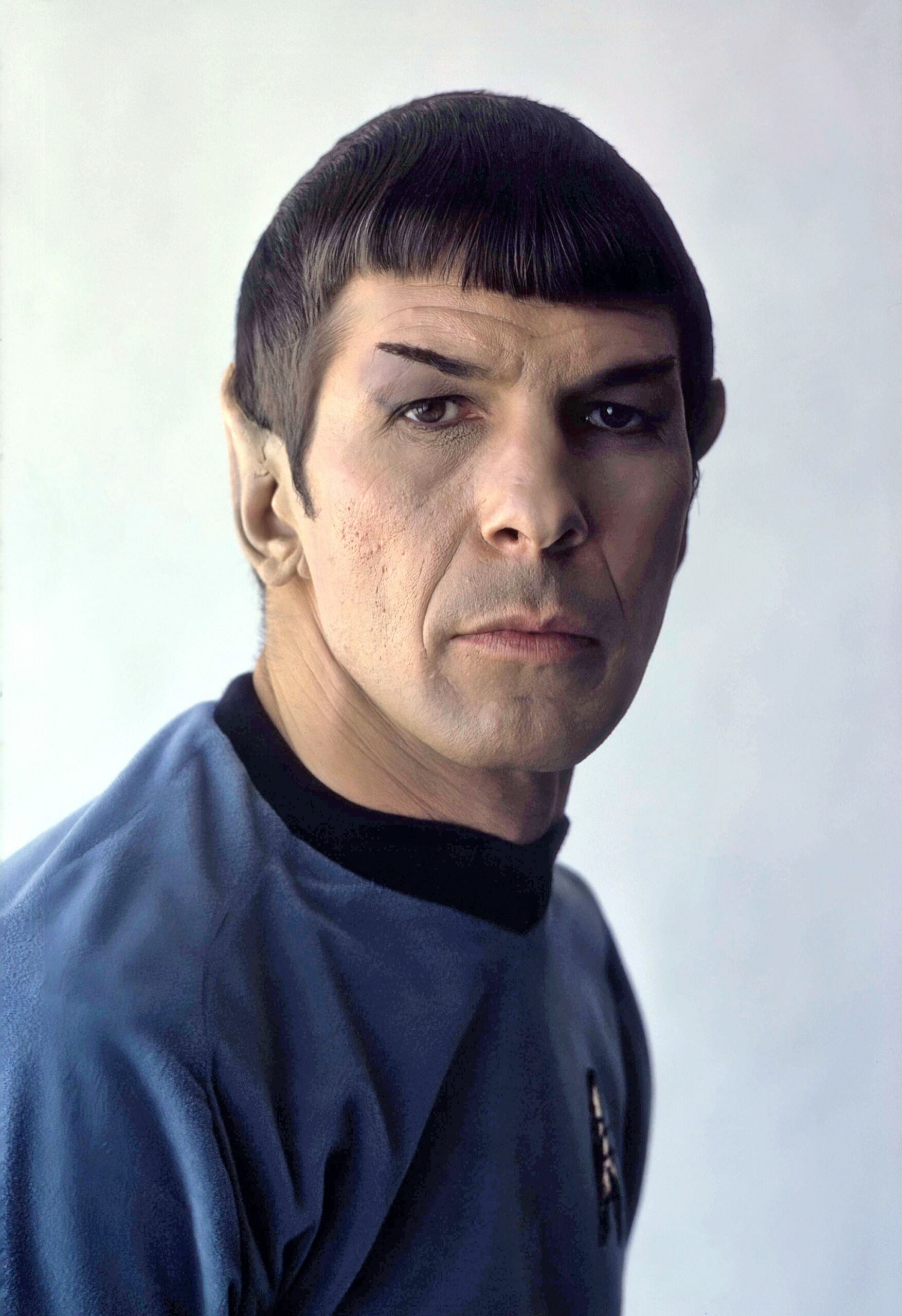
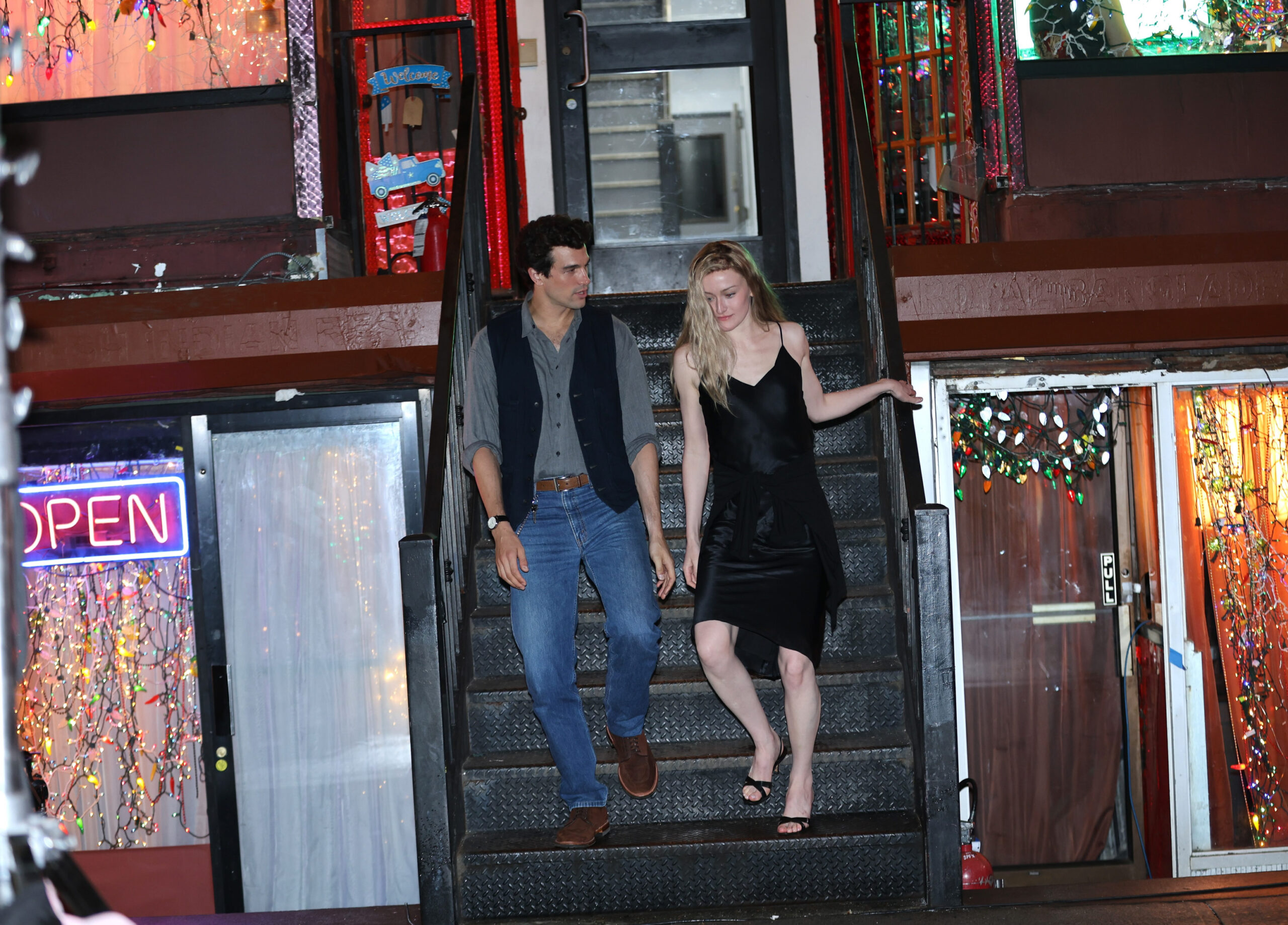

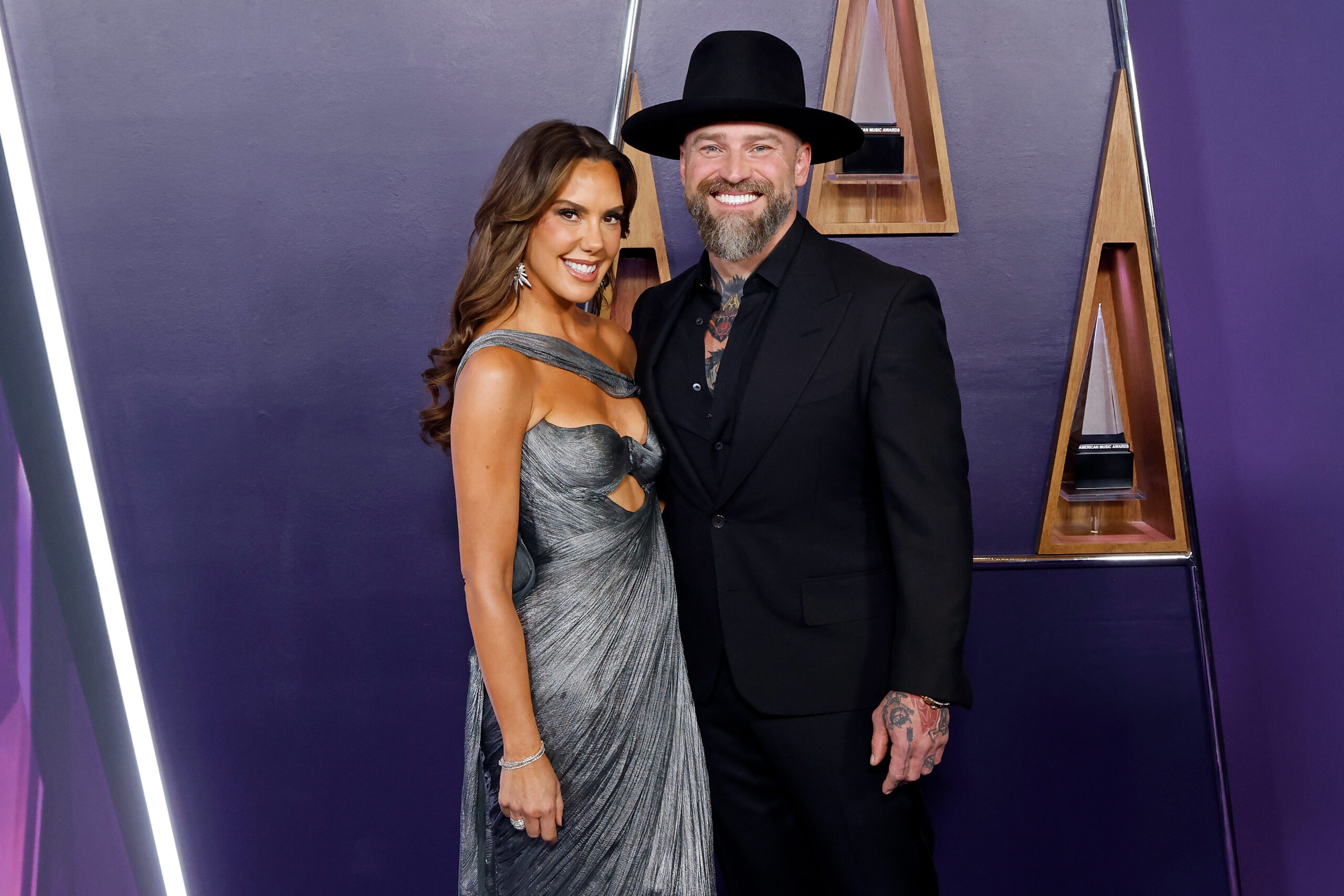



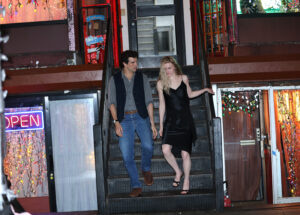
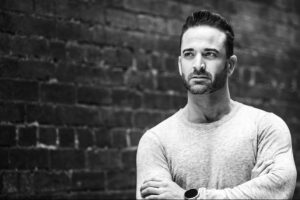

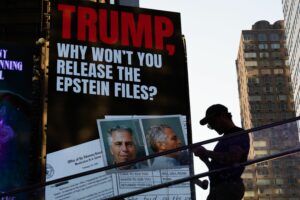



Post Comment